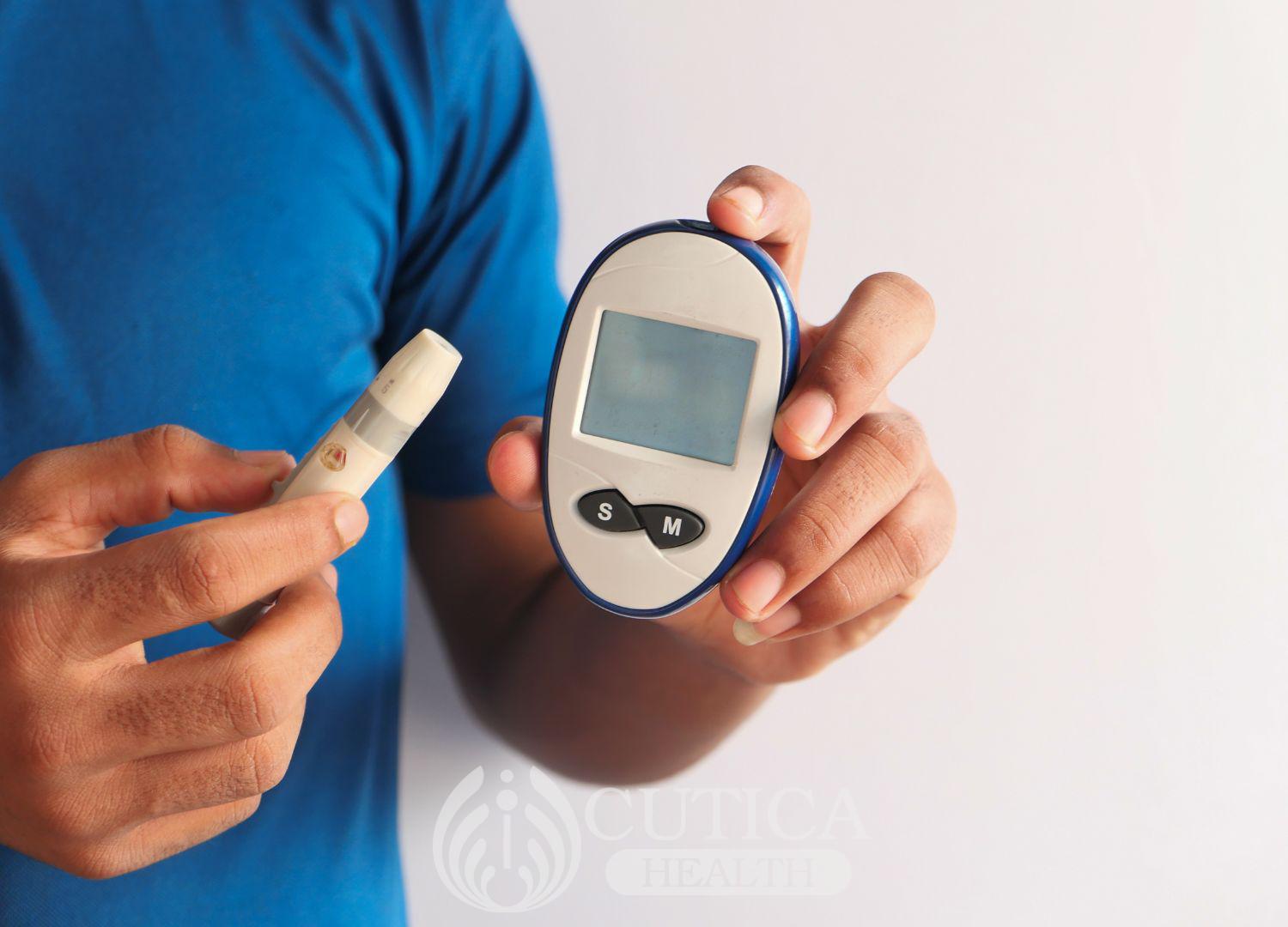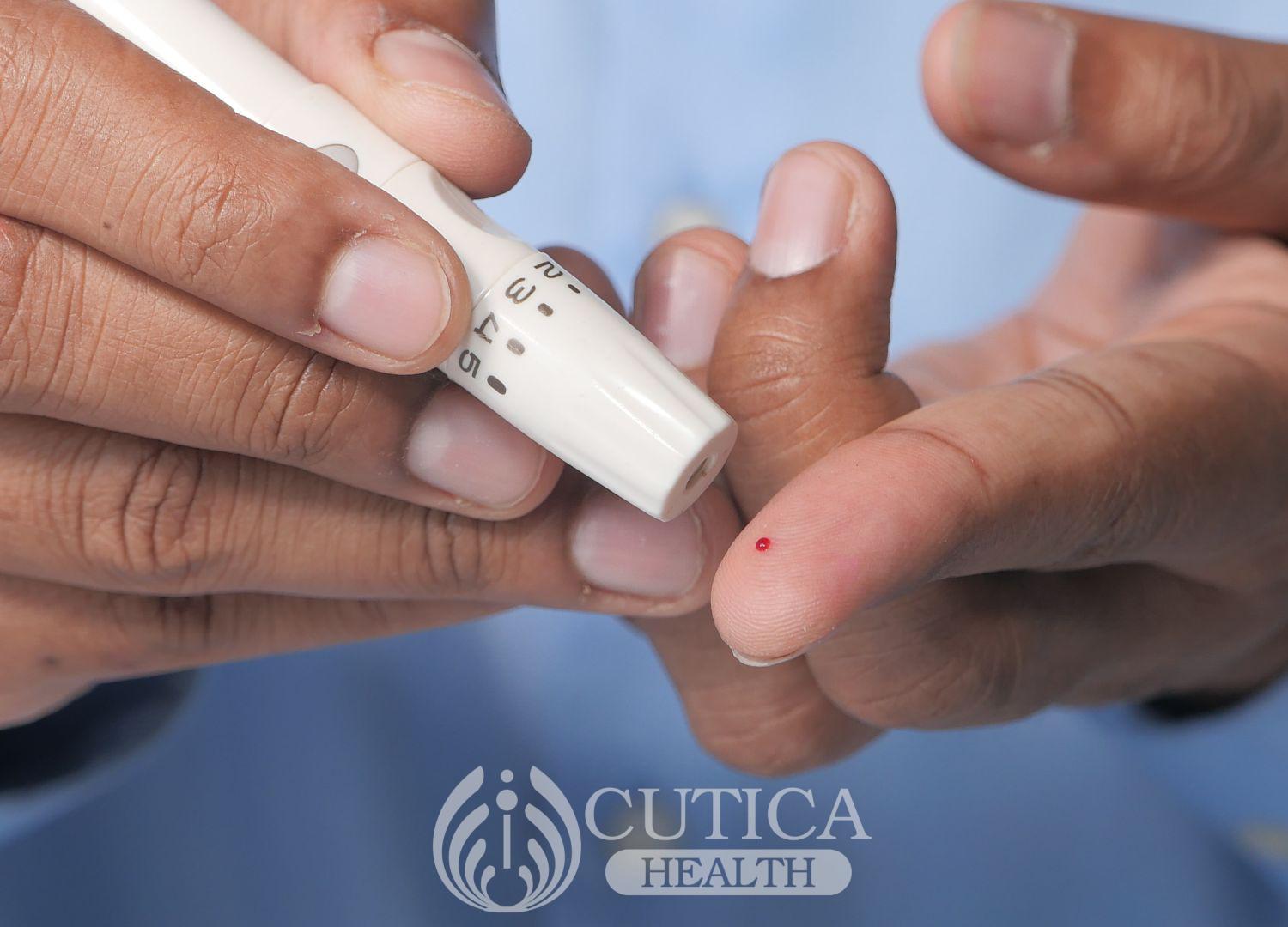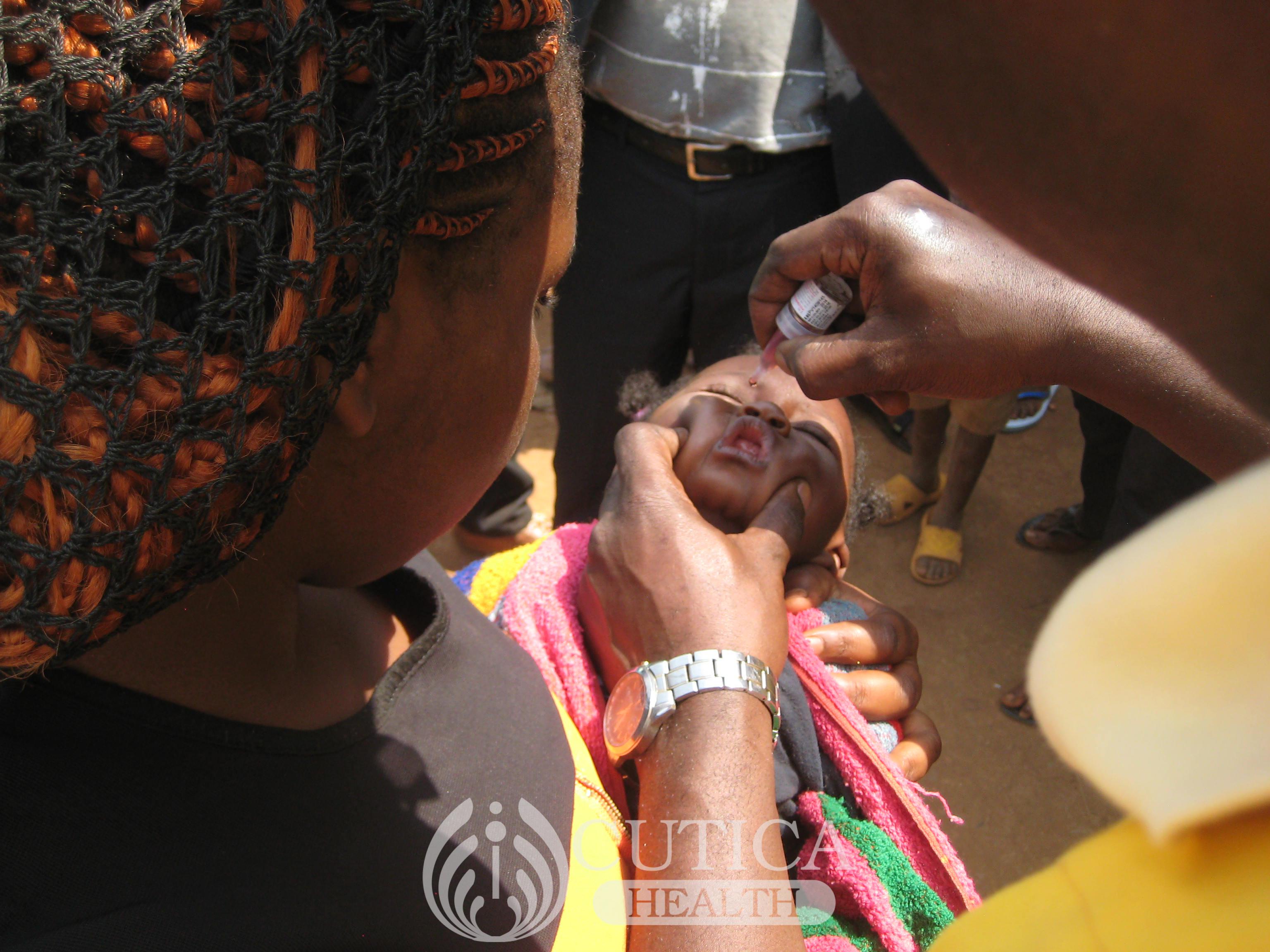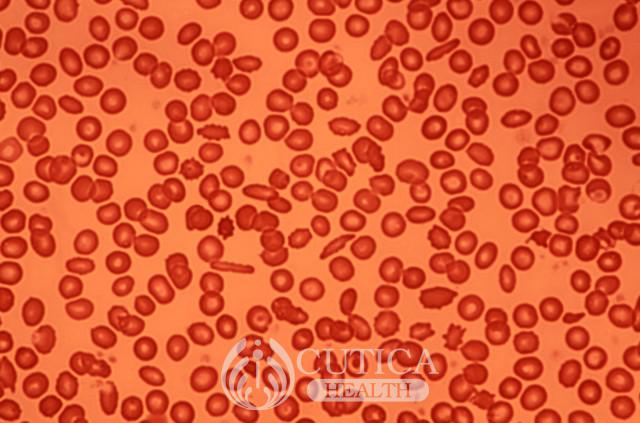
The word fibroid is a not an unusual term in Nigeria, which tells how common this disease is.Commonly misinterpreted in terms of what it really is, what causes it, and what can be done about it;uterine fibroid continues to be a public health challenge in Nigeria.
Uterine fibroid (also known as uterine leiomyoma) is a common benign tumour arising from the uterine muscle and is found in women of reproductive age. It is 2-3 times more common in black women and is estimated that 70-80% of all black women will harbour fibroids sometime in their lifetime.

The trueincidence uterine fibroids is difficult to estimate in Low- and Middle-Income Countries like Nigeria. This is because most uterine fibroids are asymptomatic and with the unavailability of diagnostic services and access to secondary gynaecological care, detection rates are low. It is not uncommon for women with uterine fibroids to report only when symptoms are severe. This raises the morbidity and mortality of fibroids among Nigerian women compared with high-income countries.
The burden of disease from uterine fibroids is diverse and challenging. Its impact cuts across medical and economic issues, with complications including:
- Infertility: Depending on the size of the tumours, fibroids could block the fallopian tubes or entry of sperms, precluding fertilization and pregnancy.
- Chronic pelvic pain: As fibroids grow bigger, they stretch the structures in the pelvis, causing intense pain, especially during sexual intercourse or bowel movements.
- Heavy bleeding: Fibroids may erode the blood vessels of the womb, causing heavy bleeding, especially during menstruation.
- Anaemia: With heavy bleeding come depleted blood levels and the need for blood transfusion.
- Reduced work productivity: Above complications put a strain on an individual’s ability to cope with work and their performance at work. Similarly, it increased healthcare costs, especially when it is detected late and these complications ensue.

Pressure on the hospital service and other healthcare resources.
Due to lack of knowledge, lack of access to care and late presentation, this burden continues to increase. Many affected women end up at prayer houses or local herbalists who may have good intentions but are untrained in medical care. The complications are often the result of prolonged delay before presentation for evaluation.
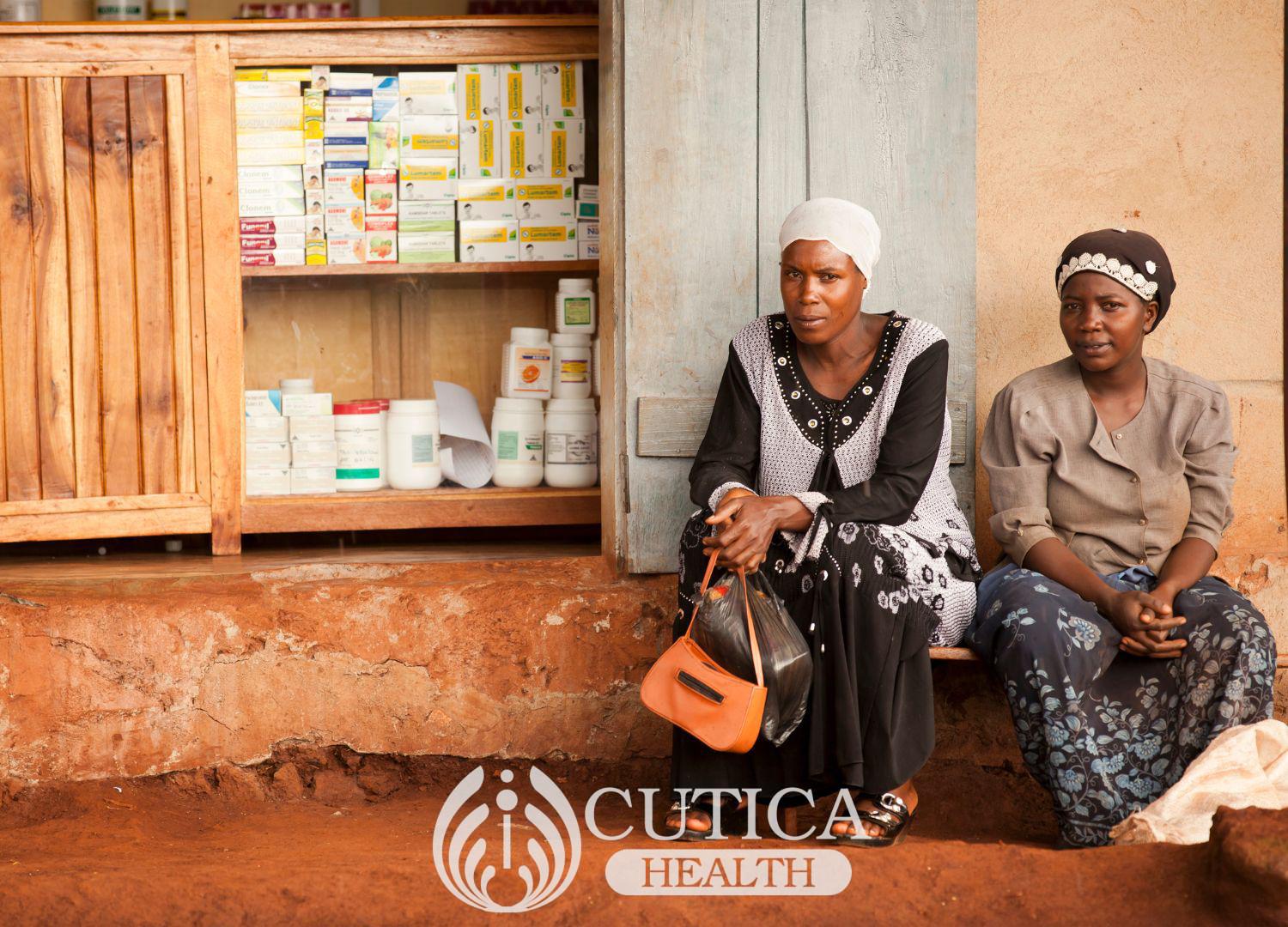
Several factors play a role in this delay in presentation for care including but not limited to:
- Lack of knowledge
- Poverty
- Transportation limitations
- Stigma
- Procrastination and fear of finding out
- Misinformation from family and friends as well as local herbalists and spiritual/prayer houses
- Wrong deep-seated cultural beliefs
Prevention of uterine fibroids is not a straightforward thing since many risk factors cannot be modified such as being female, having a uterus, oestrogen secretion, black race, etc. But simple ways to reduce the burden of the disease include;
- Health education that raises awareness about uterine fibroids with emphasis on what it is and how it affects the humanbody can help increase early presentation.
- Increasing the availability and access to ultrasound and preventive gynaecological examination also will help in early detection of uterine fibroids.
- Wellness clinics for women

Fibroids can be effectively managed when diagnosed early. The burden of this disease in Nigeria is enormous. Health education,improved screening and access to healthcare services continue to be important methods to reduce this burden.





